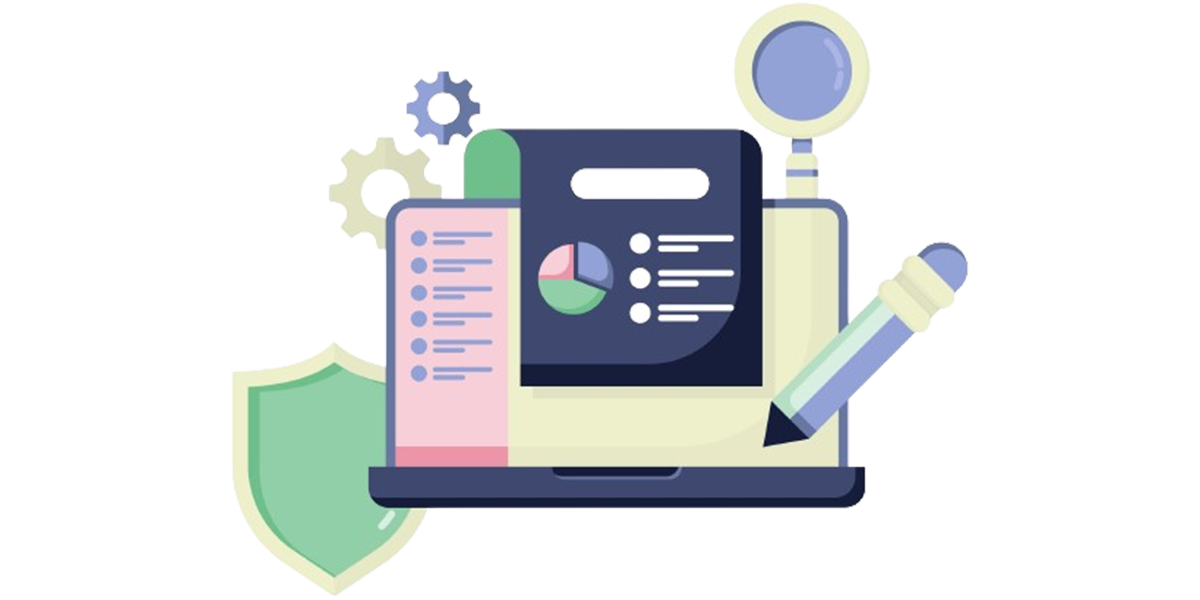Quality Assurance

Introduction to Quality Assurance Services
Quality Assurance (QA) services play a pivotal role in ensuring that products and services meet predefined standards and fulfill customer expectations. This introductory section provides insights into the foundational aspects of Quality Assurance and its significance in various industries.
Defining Quality Assurance in a Business Context
Core Principles of Quality Assurance
Quality Assurance is a systematic process that focuses on preventing defects and ensuring that the end product meets specified requirements. It encompasses a set of principles aimed at consistently delivering high-quality outcomes.
Integration with Business Processes
Quality Assurance extends beyond product testing; it integrates with all aspects of business processes. From initial design and development to final delivery, QA is woven into the fabric of organizational workflows.
Evolution and Historical Perspective of Quality Assurance
Origins of Quality Assurance
The roots of Quality Assurance can be traced back to the early 20th century, with pioneers like Walter Shewhart and W. Edwards Deming contributing to the development of quality management principles. The post-World War II era saw the widespread adoption of quality control methodologies.
Shift to Total Quality Management (TQM)
The evolution of QA continued with the emergence of Total Quality Management (TQM) in the mid-20th century. TQM emphasized a holistic approach, involving all organizational levels in the pursuit of quality excellence.


The Modern Landscape of Quality Assurance Services
Expanding Scope in the Digital Age
In the contemporary digital landscape, QA has evolved to address the challenges posed by complex systems, rapid technological advancements, and the demand for seamless user experiences. QA services now extend to software development, IT infrastructure, manufacturing processes, and beyond.
Agile and DevOps Integration
The advent of Agile methodologies and DevOps practices has reshaped the way QA is integrated into the development life cycle. Agile promotes iterative testing, while DevOps emphasizes collaboration between development and operations teams, streamlining the delivery pipeline.
Strategic Importance of Quality Assurance
Building Customer Trust and Loyalty
Quality Assurance is not merely a checkbox; it is a strategic initiative aimed at building and maintaining customer trust. Consistently delivering high-quality products and services fosters customer loyalty and positive brand perception.
Cost-Effectiveness and Risk Mitigation
Investing in QA services proves cost-effective in the long run by preventing defects early in the development process. Additionally, QA serves as a risk mitigation strategy, identifying and addressing potential issues before they impact the end user.
As we delve deeper into the world of Quality Assurance Services, subsequent sections will explore key principles, methodologies, and best practices that underpin the effective implementation of QA in diverse industries.
Strategies for Successful Quality Assurance Implementation
Implementing Quality Assurance (QA) is a strategic initiative that requires careful planning, commitment, and a comprehensive approach. This section outlines key strategies to ensure the successful implementation of QA within ans organization.
Top-Down Approach to Quality Assurance
Leadership Commitment
Successful QA implementation begins with strong commitment and leadership support. Executives and managers must endorse and champion QA initiatives to establish a culture of quality throughout the organization.
Setting Clear Expectations
Leadership should set clear expectations for quality standards and communicate them effectively across all levels of the organization. This ensures that every team member understands their role in maintaining and improving quality.
Cultural Shifts and Change Management in Quality Assurance
Creating a Quality Culture
Embedding QA into the organizational culture requires a mindset shift. Employees at all levels should recognize the importance of quality and understand how their individual contributions impact the overall quality of products and services.
Change Management Strategies
Implementing QA often involves changes in processes and workflows. Effective change management strategies, including communication, training, and involving employees in the decision-making process, help smooth the transition and reduce resistance.


Integration with Development Processes
Agile and DevOps Alignment
Incorporating QA into Agile and DevOps methodologies ensures that quality is not a standalone phase but an integral part of the entire development life cycle. QA processes should seamlessly align with iterative development practices.
Early and Continuous Testing
Adopting the practice of early and continuous testing helps identify and address defects in the early stages of development. This proactive approach reduces the likelihood of defects reaching later stages, minimizing rework and cost.
Continuous Monitoring and Improvement
Establishing Key Performance Indicators (KPIs)
Defining and tracking Key Performance Indicators (KPIs) for QA processes provides measurable benchmarks for success. KPIs may include defect rates, testing efficiency, and customer satisfaction metrics.
Regular Audits and Assessments
Conducting regular audits and assessments of QA processes ensures ongoing compliance with established standards. These assessments identify areas for improvement and allow for adjustments to QA strategies.
Collaboration Across Departments
Cross-Functional Teams
Promoting collaboration across departments, including development, testing, and operations, fosters a holistic approach to quality. Cross-functional teams encourage shared responsibility for quality outcomes.
Integrated Communication Channels
Establishing integrated communication channels ensures that relevant stakeholders are informed about QA activities and outcomes. Transparent communication facilitates a shared understanding of quality goals and expectations.
Tailoring QA Strategies to Project Requirements
Customized QA Approaches
Recognizing that not all projects are the same, organizations should tailor QA strategies to the specific requirements of each project. Customization ensures that QA efforts are aligned with the unique characteristics of different initiatives.
Flexibility and Adaptability
QA strategies should be flexible and adaptable to accommodate changes in project scope, timelines, and requirements. Embracing change ensures that QA remains relevant and effective in dynamic project environments.


Achieving Sustainable Quality Assurance
Long-Term Vision for Quality
Successful QA implementation goes beyond immediate objectives; it requires a long-term vision for sustainable quality. Organizations that prioritize continuous improvement, collaboration, and a commitment to a quality culture are well-positioned for enduring success.
Iterative Refinement of Strategies
As organizations implement QA strategies, an iterative approach to refinement is essential. Regularly reviewing and adjusting strategies based on lessons learned and changing organizational needs ensures the ongoing effectiveness of QA processes.
